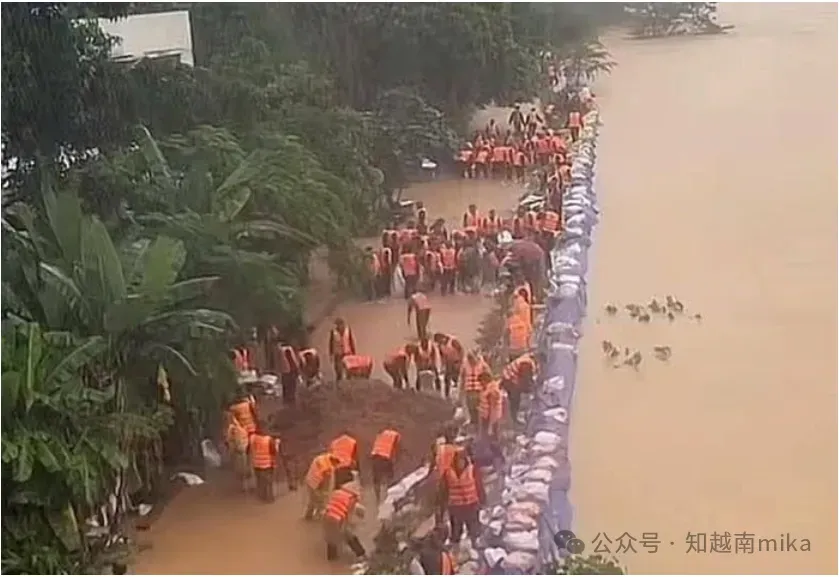The Alarming Impact of Typhoon Matmo: Floods Devastate Vietnam and Thailand
Typhoon Matmo has caused severe flooding in Vietnam and Thailand, impacting nearly 370,000 people and resulting in tragic fatalities. This raises urgent concerns about disaster preparedness.

Understanding Typhoon Matmo and Its Devastating Effects
Typhoon Matmo has swept through Southeast Asia, leaving behind a trail of destruction that cannot be ignored. With relentless heavy rainfall and violent thunderstorms, this storm has caused massive floods in both Vietnam and Thailand. The extent of the damage calls for a deeper look into what happened and why it matters.
According to reports from the Thai Department of Disaster Prevention and Mitigation, floods have affected 19 provinces in Thailand alone, impacting nearly 370,000 people. Tragically, these floods have also claimed 22 lives. The scale of the disaster is alarming and prompts serious concern over regional readiness for such catastrophic events.
What Makes This Flooding Crisis So Concerning?
Floods of this magnitude raise several crucial questions about how vulnerable communities can be better protected. Are infrastructures in flood-prone areas adequate? How well equipped are local governments to offer timely evacuation and relief measures? The fact that so many people and lives have been affected despite modern technology is worrying.
Environmental factors and climate change may play a role here, as increasingly intense typhoons have become more frequent in recent years. This pattern forces us to rethink disaster preparedness, urban planning, and sustainable development in flood-prone regions.
Human Stories Behind the Numbers
While statistics may seem cold, they represent thousands of individual stories — families displaced, farms destroyed, livelihoods threatened. Neighboring countries like Vietnam tell a similar tale of hardship. The rise of consecutive floods destabilizes communities emotionally and economically.
It's important to remember that beyond meteorological data lies an urgent humanitarian crisis. How can we ensure these stories do not become forgotten as the waters recede? How can governments and international organizations strengthen coordination to mitigate such disasters?
Looking Ahead: Prevention and Preparedness
To prevent future tragedies, proactive measures matter more than ever. Education on flood risks 🌧️, improved infrastructure such as better drainage systems, and efficient early warning systems must be prioritized. Local populations need accessible safety plans alongside emergency supplies.
On a broader scale, tackling the root causes—like climate change and deforestation—is non-negotiable. Our response to Typhoon Matmo’s devastating floods should be a wake-up call for stronger environmental policies and resilient community frameworks.
Final Thoughts: A Call for Urgent Action
Typhoon Matmo’s impact is not just a natural disaster statistic; it is a human and environmental tragedy demanding attention. 🌍🔔 This event warns us that floods fueled by extreme weather can disrupt millions of lives, emphasizing the necessity for improved disaster preparedness and climate action.
Only by understanding the full scope of this crisis can governments, scientists, and citizens work together to build a safer future for vulnerable regions across Southeast Asia and beyond.




